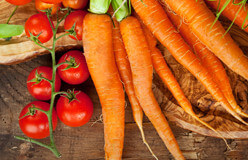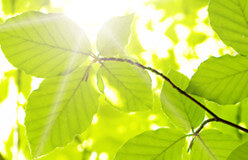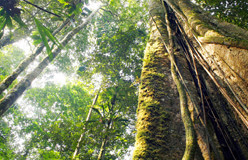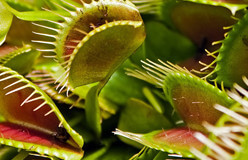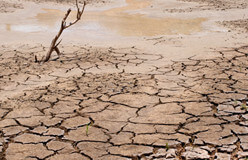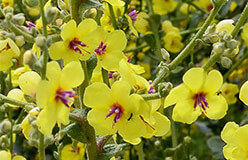An apple tree couldn’t survive in the desert. A cactus couldn’t survive in the Arctic.
That’s because those environments don’t give those plants what they need. Scientists refer to a large environment with similar climate and plant growth as a biome. Here are the ten major land biomes and two water biomes.
